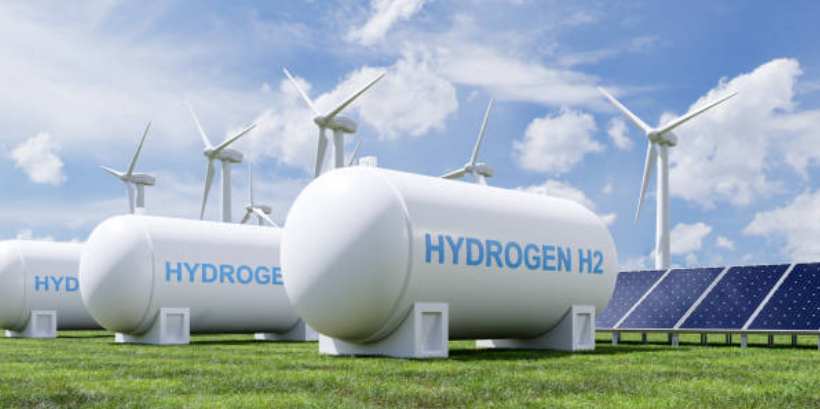Government Releases Guidelines for Green Hydrogen Use in Transport Sector (GS Paper 3, Science & Tech), 8 April

Why in news?
- Recently, Indian Government has announced a Rs. 496 crore scheme (until 2025-26) to support pilot projects testing the viability of green hydrogen as a fuel for cars and heavy vehicles.
- The scheme, under the Ministry of New and Renewable Energy (MNRE), aims to validate the technical feasibility, evaluate economic viability, and demonstrate safe operation of hydrogen-powered vehicles and refuelling stations.
Objectives of the MNRE Scheme
- The main objectives of the MNRE scheme are:
- Validation of technical feasibility and performance of green hydrogen as a transportation fuel
- Evaluation of the economic viability of green hydrogen-powered vehicles
- Demonstration of safe operation of hydrogen-powered vehicles and refuelling stations
Indian Industry Efforts
- Major Indian commercial vehicle manufacturers such as Tata Motors, Volvo Eicher, and Ashok Leyland are ramping up research and development efforts and building manufacturing capacities to develop hydrogen-powered trucks and buses.
- Indian energy companies are also working on scaling up green hydrogen production and reducing costs to make it competitive with other fuels.
Benefits for India
- India stands to gain significantly from the large-scale adoption of green hydrogen as a vehicular fuel, with potential benefits including:
- Reduction of emissions to help combat global warming and climate change
- Curbing pollution and meeting climate goals
- Reducing costly fossil fuel imports
- Becoming a global hub for the production and export of green hydrogen
Types of Hydrogen
- Grey Hydrogen: Produced from natural gas through energy-intensive processes, with high carbon emissions. Currently, most hydrogen produced for industrial consumption is grey hydrogen.
- Blue Hydrogen: Sourced from fossil fuels, but byproducts such as carbon monoxide and carbon dioxide are captured and stored, making it better than grey hydrogen.
- Green Hydrogen: Produced using electricity generated from renewable sources such as wind or solar to electrolyse water. It is considered an end-to-end green fuel with water or water vapour as the only byproduct.
Hydrogen Fuel Cell Vehicles
- Hydrogen can be used in vehicles through two main technologies:
- Hydrogen Internal Combustion Engine (ICE) Vehicles: Utilize hydrogen through combustion, similar to diesel and petrol cars, but without carbon emissions.
- Hydrogen Fuel Cell Electric Vehicles (FCEVs): Convert hydrogen stored in a high-pressure tank into electricity using a fuel cell, with water as the only byproduct. FCEVs are typically lighter than battery electric vehicles (BEVs) due to the lower weight of fuel cells compared to EV batteries.
Challenges
- Despite the promise of green hydrogen, several challenges need to be addressed:
- High production costs
- Storage and transportation difficulties
- Lack of infrastructure for refuelling stations
- Need for specialized high-pressure storage cylinders
- Safety concerns due to hydrogen’s flammability
- Competition from advancements in battery technologies for electric vehicles


